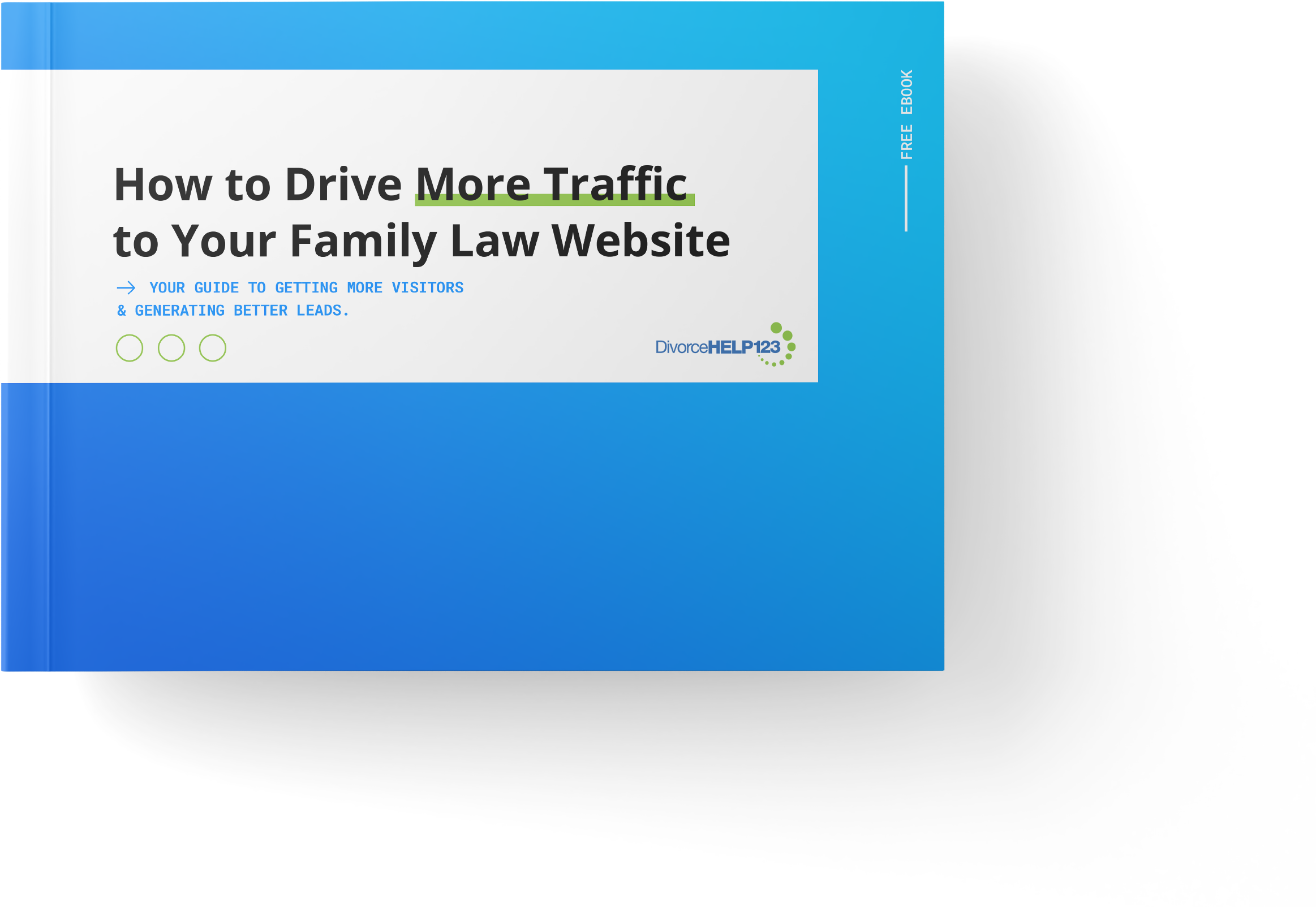Family law software is a specialized tool designed to help family lawyers streamline and manage the legal process. Whether you are handling divorce cases, child custody disputes, or adoptions, family law software can provide a range of features to support your practice and improve efficiency. From customizable document templates to automated forms and state-specific calculations, family law software is an essential tool for any family lawyer.
But with so many options, it can be overwhelming to choose the right family law software for your practice. That’s why it’s important to do your research and consider your specific needs and workflow.
Dive into how family law software can level up your legal game – from boosting organization to smoother collaboration – while we break down choosing, using, and getting the most out of these tools for your practice.
- The benefits of using family law software, including improved organization and efficiency, better collaboration with clients and colleagues, and reduced risk of errors or omissions.
- The types of tasks that family law software can assist with, such as case management, document preparation, billing and invoicing, and calendar and task management.
- The features and functionality of different family law software platforms, including the ability to create and store documents electronically, collaborate with team members, and track time and billing.
- How to choose the best family law software for your needs, including considering factors such as the size of your practice, your budget, and the specific features and functionality you require.
- Tips for implementing and using family law software effectively, including training your team, integrating the software with your existing systems and processes, and ongoing maintenance and support.
The Top Benefits of Family Law Software
Incorporating family law software into your practice can offer a host of benefits, from improved organization and efficiency, to enhanced collaboration with clients and colleagues. Plus, with features like automated alerts and electronic document storage, the risk of errors or omissions is greatly reduced:
- Improved organization and efficiency: With all of your case documents, schedules, and client information in one place, it’s easier to keep track of what needs to be done and when.
- Better collaboration with clients and colleagues: Sharing documents and updates in real time with clients and colleagues can save time and improve communication.
- Reduced risk of errors or omissions: Automated alerts and deadlines can help you stay on top of important dates and tasks, reducing the risk of missing something important.
Tasks you can improve with Family Law Software
These specialized tools can make a world of difference when it comes to managing a family law practice. They can help you streamline your workflows and focus on delivering the best possible service to your clients.
Case management
Family law software can help you with case management in a number of ways. It can allow you to organize and store case-related documents, notes, and other critical information in a central location, making it easy to access and reference as needed. The software may also have features that allow you to track the progress of a case, set reminders for deadlines and appointments, and collaborate with other members of your team.
Document preparation
In terms of document preparation, family law software can provide you with templates for common legal forms and documents, allowing you to easily create and customize these documents for your clients. The software may also have tools for editing and proofreading documents, as well as e-signature capabilities for obtaining client signatures electronically.
Data gathering
Family law software can also assist with data gathering by providing you with tools for organizing and storing client information, such as contact details, case notes, and financial records. This can help you to have a complete and accurate view of each case, which can in turn help you to provide better service to your clients.
Client communication
Finally, family law software can help you with client communication by providing you with tools for managing email and other forms of communication with clients. This can include features for scheduling appointments, sending reminders, and sending and receiving documents electronically. By streamlining your communication with clients, you can save time and ensure that you are providing timely and efficient service to your clients.
Instead of struggling with manual processes, software can automate tasks and drastically improve the productivity of your firm.
Must-Have Features of Family Law Software
As a family lawyer, you know that the legal process can be complex and time-consuming. That’s where a comprehensive family law software comes in. Here are the top four features that a family law software should have:
- Document templates: Having a variety of customizable document templates can save you a significant amount of time and effort. Instead of starting from scratch, you can easily access and modify templates for common legal documents such as custody agreements and divorce petitions.
- Automated forms: Automated forms can help streamline the legal process by pre-filling information and minimizing the need for manual data entry. This can save you time and reduce the risk of errors.
- State-specific calculations: Different states have different laws and guidelines for child and spousal support, as well as property division. A family law software that includes state-specific calculations can help ensure that you are accurately calculating and complying with these guidelines.
- Decision-making tools: In addition to calculations, a family law software with decision-making tools can provide guidance and recommendations for child and spousal support, as well as property division. This can help you and your clients make informed decisions and reach fair settlements.
Expert Tips for Choosing the Best Family Law Software
If you’re in the market for family law software, it’s essential to do your research and choose a product that meets your needs. Here are some expert tips to help you make an informed decision:
- Consider your specific practice needs. What features are most important to you and your clients? Think about your workflow and which features will make the biggest impact on your efficiency and effectiveness.
- Check out demos and free trials. Don’t just take the vendor’s word for it – test out the software yourself to see if it meets your needs. Many vendors offer free trials or demos, so take advantage of these opportunities to get a feel for the product.
- Read reviews and ask for references. Don’t just rely on the vendor’s marketing materials – look for independent reviews and ask for references from other attorneys who have used the software. This can give you a more realistic sense of the product’s strengths and weaknesses.
- Think about integration with other tools. If you use other legal software or tools, make sure that the family law software you choose is compatible and can integrate seamlessly.
- Consider the vendor’s support and training resources. Look for a vendor that offers comprehensive support and training resources, as well as regular updates to ensure that the software stays current with changing laws and regulations.
Essential Tips for Successfully Using Family Law Software
To get the most out of your family law software, it’s essential to have a plan in place for implementation and use. Here are some tips to help you successfully use the software in your practice:
- Train your team. Make sure that everyone who will be using the software is properly trained and familiar with its features and functionality. This can help ensure that the software is used effectively and efficiently.
- Develop standard operating procedures. Establish clear guidelines and procedures for using the software to ensure that it is used consistently and correctly.
- Take advantage of support and training resources. Most software vendors offer support and training resources to help users get the most out of their products. Take advantage of these resources to ensure that you are using the software effectively.
- Stay up to date. Keep an eye on updates and new features to ensure that you are taking advantage of all that the software has to offer.
- Monitor and review your use of the software. Regularly review your use of the software to identify areas for improvement and make necessary adjustments.
Summing Up Family Law Software
Family law software isn’t your run-of-the-mill tool – it’s like a compass for family lawyers, helping navigate the legal landscape with finesse. Imagine having templates that mold to your needs, forms that practically complete themselves, and calculations that know the legal ins-and-outs of your state. The result? More time saved, fewer slip-ups, and happier clients all around.
But before you dive into the world of family law software, here’s the game plan: pinpoint what your practice truly demands, give those demos a whirl to see if they’re your speed, scope out reviews and get the inside scoop. Weigh how this new tech plays with your existing toolkit, and don’t forget to check if the software squad is there to back you up with top-notch support and training.
Stick to these savvy moves, and you’ll be shaking hands with the ultimate family law software that’s got your back. It’s all about working smarter, not harder, and making those legal wins stack up.

